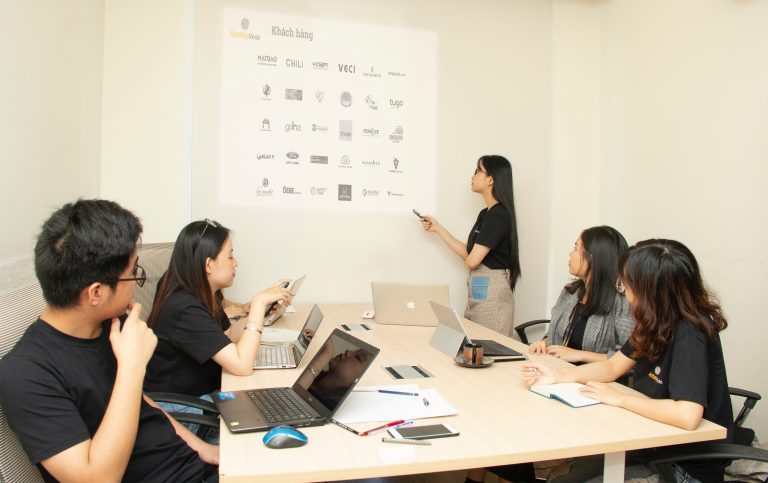
How To Conduct A Great Mid-Year Review
By Catherine Fitzgerald B.A. M.A. | Published | No Comments
Mid-year reviews are an essential opportunity for managers and employees to check in, provide feedback, and set goals for the remainder of the year.
Conducting effective mid-year reviews can improve employee performance, engagement, and development.
This guide provides managers tips and best practices for making the most out of mid-year reviews.
Background on Mid-Year Reviews
Mid-year reviews, or performance check-ins, are formal conversations managers have with employees around the middle of the year.
They differ from typical one-on-one meetings in their structure and focus on reviewing progress against goals and creating development plans.
Mid-year reviews provide several benefits:
- Align expectations – They enable managers and employees to get on the same page about priorities and performance.
- Course correct – They allow time to adjust goals or development plans that may be off track.
- Strengthen relationships – The dedicated time together fosters trust and interpersonal bonds.
- Develop talent – The discussions identify areas for growth to nurture skills.
- Boost engagement – Employees feel invested when there is regular feedback.
However, mid-year reviews also come with challenges:
- Time investment – Managers must dedicate focused time to each employee.
- Discomfort – Performance discussions can be awkward if not handled carefully.
- Lack of urgency – They are sometimes treated as just a compliance exercise.
With planning and engagement, managers can maximize the impact of mid-year reviews.
9 Best Practices for Effective Mid-Year Reviews
Here are nine tips for conducting high-quality mid-year reviews:
1. Set Expectations Upfront
Let employees know the purpose and process of your mid-year review discussions. Share any templates or self-assessments in advance so they can come prepared. Setting expectations upfront leads to more meaningful dialogue.
2. Reflect on Progress
Have employees assess their performance and progress on goals. Ask them to identify accomplishments, challenges, and lessons learned. Their self-reflection will provide insights to build on in the discussion.
3. Gather Data
In addition to self-assessments, collect data from other sources – peers, stakeholders, and your observations. Broad input leads to a more complete picture of performance. Maintain confidentiality of data sources.
4. Align on Strengths
Discuss the strengths the employee brings to their role. How are they uniquely contributing? Are they using specific strengths more or less than they’d like? Align on priority areas to maximize.
5. Explore Areas for Improvement
While constructive feedback can feel uncomfortable, understanding perceived gaps is key for improvement. Frame it as helpful insight, not criticism. Focus the discussion on finding solutions.
6. Update Goals
Review progress against original goals. Which ones need adjustment or greater focus? Are new goals required based on changes over the past months? Align on the most important goals for the rest of the year.
7. Define Development Plans
Collaborate on critical skills or knowledge the employee wants to develop. Outline specific on-the-job activities, corporate training, mentoring, or other support that will close development gaps.
8. Check-in on Engagement
Gauge the employee’s overall engagement and satisfaction. Are there issues impacting their work experience for better or worse? Discuss ways to strengthen motivation and commitment.
9. Agree on Next Steps
Close the meeting with clarity on what each of you will do to build on the discussion. Document action steps and follow up if progress stalls.
8 Steps for a Successful Mid-Year Review Process
Here are 8 key steps to structure your mid-year review process effectively:
1. Schedule reviews
Block time in advance for dedicated 1:1 meetings with each employee. Allow enough time for thoughtful discussion (typically 45-60 minutes).
2. Send prep materials
One week before, provide employees with self-assessment forms, progress reports, development plan templates, and other materials to review.
3. Reflect individually
Have employees complete self-evaluations and gather their thoughts before the meeting. Managers also reflect on each employee’s performance and look at data.
4. Discuss in-person
Meet 1:1 to have an open, engaging discussion. Explore perspectives. Offer constructive feedback. Align on plans forward.
5. Document agreements
Record critical points, action steps, and development goals that both agree to. Use this to follow up on progress.
6. Share written summary
Summarize the discussion and next steps in a written document. Share with employees and store a copy for your records.
7. Check in regularly
Continue to discuss progress in your regular 1:1s. Don’t wait until year-end to follow up. Offer ongoing coaching.
8. Refine the process
Evaluate what worked well and where to improve after each review cycle. Enhance the experience for next time.
Key Features and Benefits of Mid-Year Reviews
Some of the core features that define effective mid-year reviews include:
- Formal structure – Dedicated time for a focused discussion on performance and development.
- Written documentation – Summary of agreements and next steps provided for clarity and follow-through.
- Development focus – Goals and plans created to help employees gain skills and knowledge.
- Two-way communication – Managers provide feedback, and employees share their perspectives.
- Progress tracking – Check-ins on goals and action steps established at the start of the year.
- Forward-looking – Discussions center on future development and performance, not just the past.
- Guiding Priorities – Align the most critical goals and strengths to emphasize for the remainder of the year.
The benefits of these features include:
- Improved alignment between managers and employees.
- Increased employee engagement, motivation, and commitment.
- Enhanced development and growth of team members.
- Better identification of top performers for advancement.
- Ongoing performance management rather than just annual reviews.
Engaging Remote Employees
For remote employees, mid-year reviews are especially important for staying connected and communicating about performance. Here are some tips for keeping remote employees engaged:
- Schedule video calls to have visual face-to-face discussions and read body language.
- Send regular check-ins like Slack messages between meetings to touch base.
- Collaboration tools like Google Docs can be used to edit self-assessments and summaries jointly.
- Share recognition publicly when remote team members achieve milestones.
- Discuss the challenges remote employees face and how to provide support.
- Build relationships by taking time to chat about non-work topics.
- Track progress transparently via shared dashboards or project management software.
- Consider off-sites to bring remote employees together in person periodically.
- Be flexible with meeting times across time zones and schedules.
Keeping remote employees engaged through ongoing two-way communication is key for successful mid-year reviews.
Conclusion
Conducting effective mid-year reviews is an essential process for managers to master.
While it requires dedication, time, and effort, the payoff in terms of employee performance, training plans, and engagement is well worth it.
With the proper structure, preparation, and engagement, mid-year reviews can be a valuable tool for achieving team and organizational success.
Managers should invest energy to turn mid-year reviews from a compliance exercise into an impactful business practice.
































































